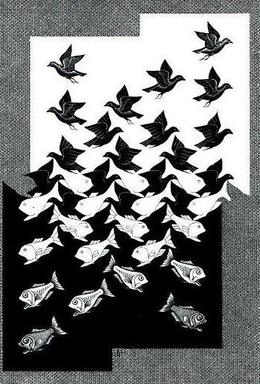Here is a rocket I am tinkering with. It has rear fins with large open areas - really its basically two fins put together with a large gap between them. Body diameter is an BT-55, with an BT-60 diameter nosecone. I'm working hard to keep the weight down so it goes higher and can use longer delay motors. The original design was kind of smack in the middle between 4 second delays being too short, and 6 second delays being too long. I solved that by adding an ounce of noseweight, but I decided to try the opposite approach, paring down weight, which seems to be working better. I will need a custom balsa nosecone made up, as my cobbled together plastic one is just too heavy (nearly an ounce).
Also, if anyone has ever tried anything with fins that have such large gaps, please let me know how it worked out. I had another rocket that long spars that extended from the fins to the midpoint of the rocket (Estes Longship), but this is a tad different than that.
Here is a preliminary picture (color is NOT the final paint job):

Its got an 24mm motor mount, and should fly decently on C6-5 or C18/D20 motors, as well as Estes D12-5/7.
Also, if anyone has ever tried anything with fins that have such large gaps, please let me know how it worked out. I had another rocket that long spars that extended from the fins to the midpoint of the rocket (Estes Longship), but this is a tad different than that.
Here is a preliminary picture (color is NOT the final paint job):

Its got an 24mm motor mount, and should fly decently on C6-5 or C18/D20 motors, as well as Estes D12-5/7.

















